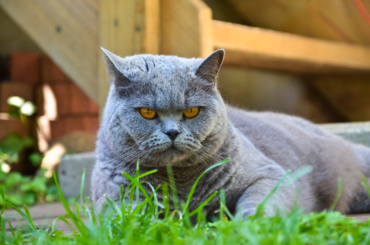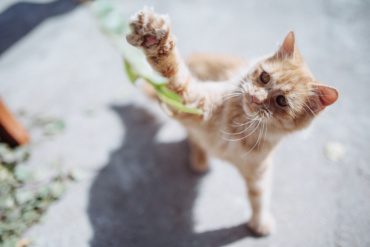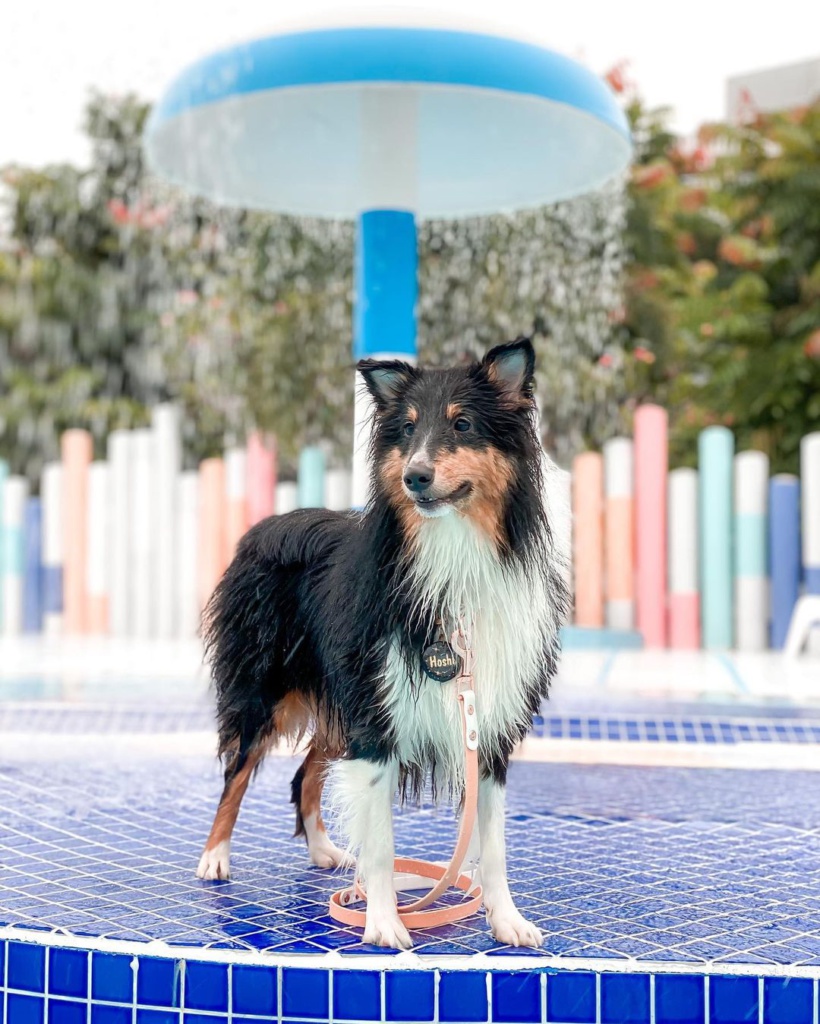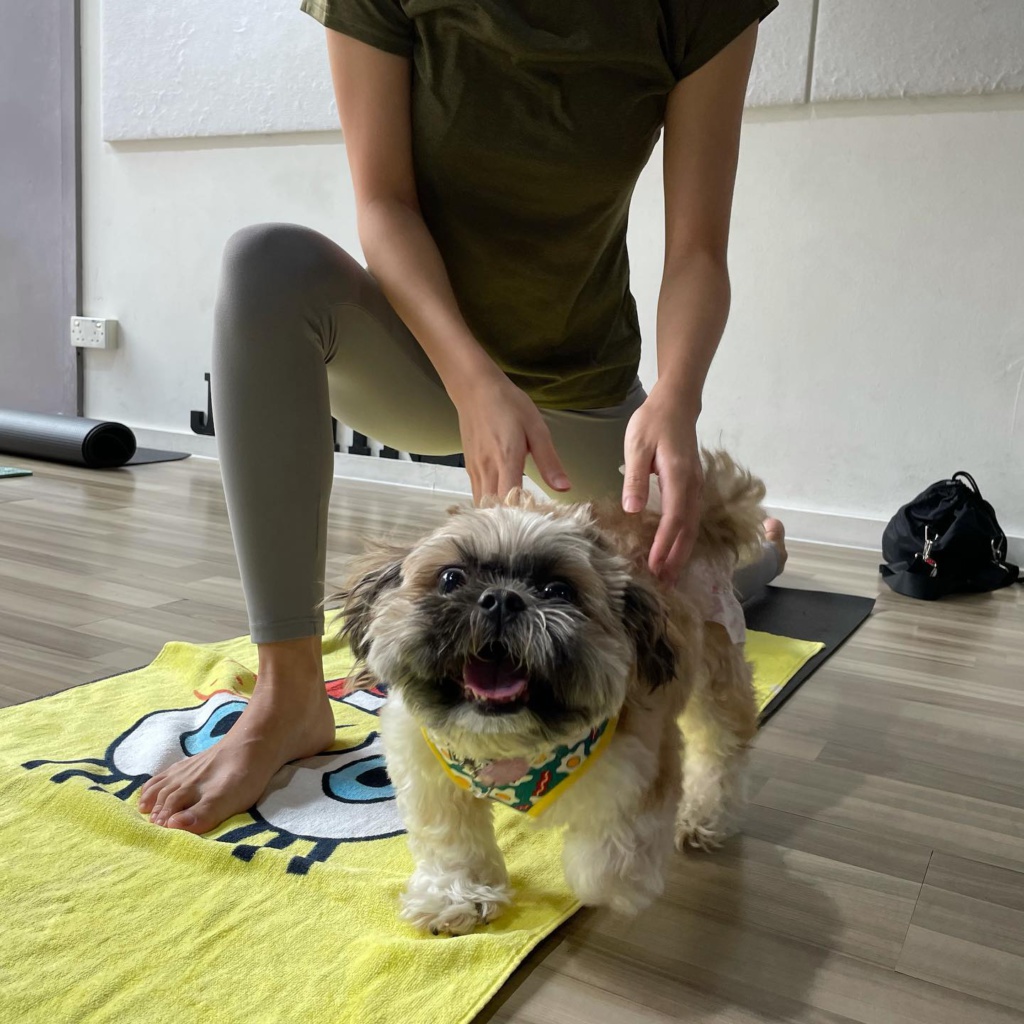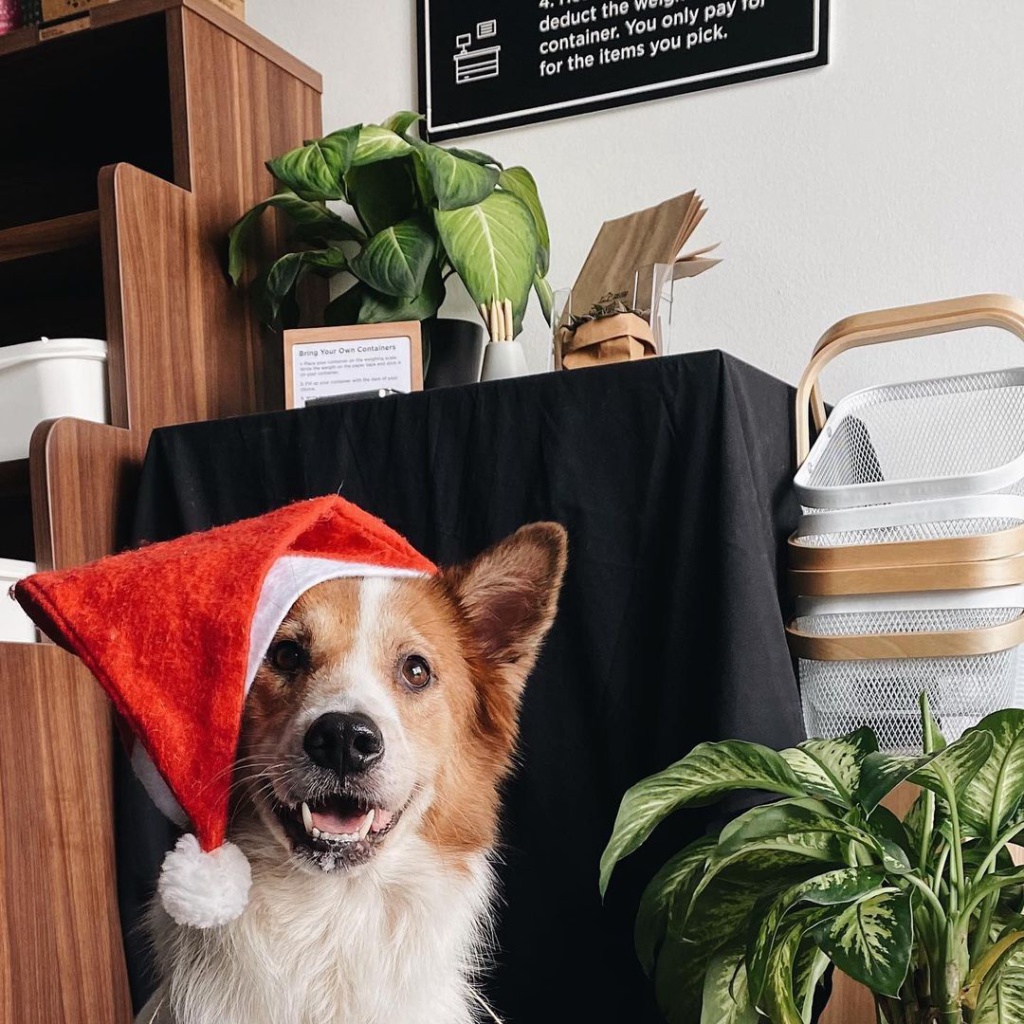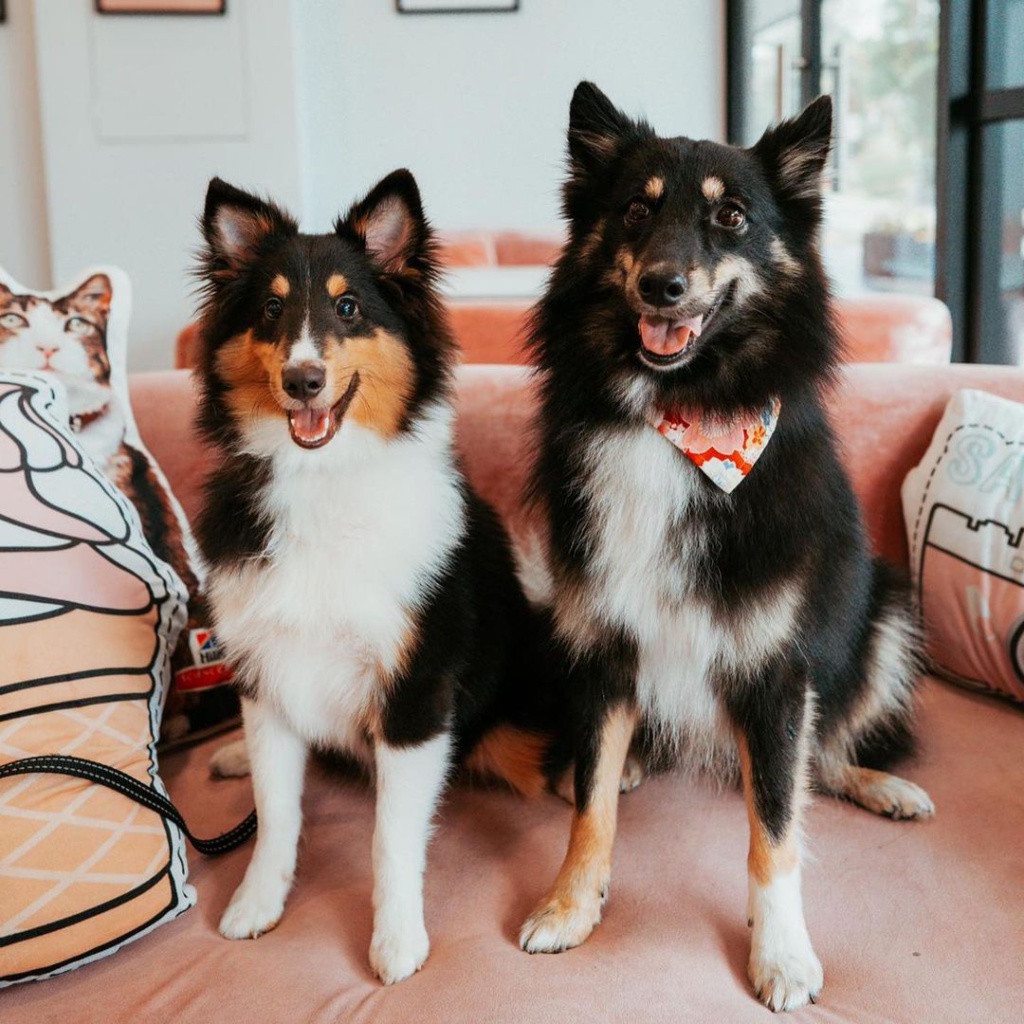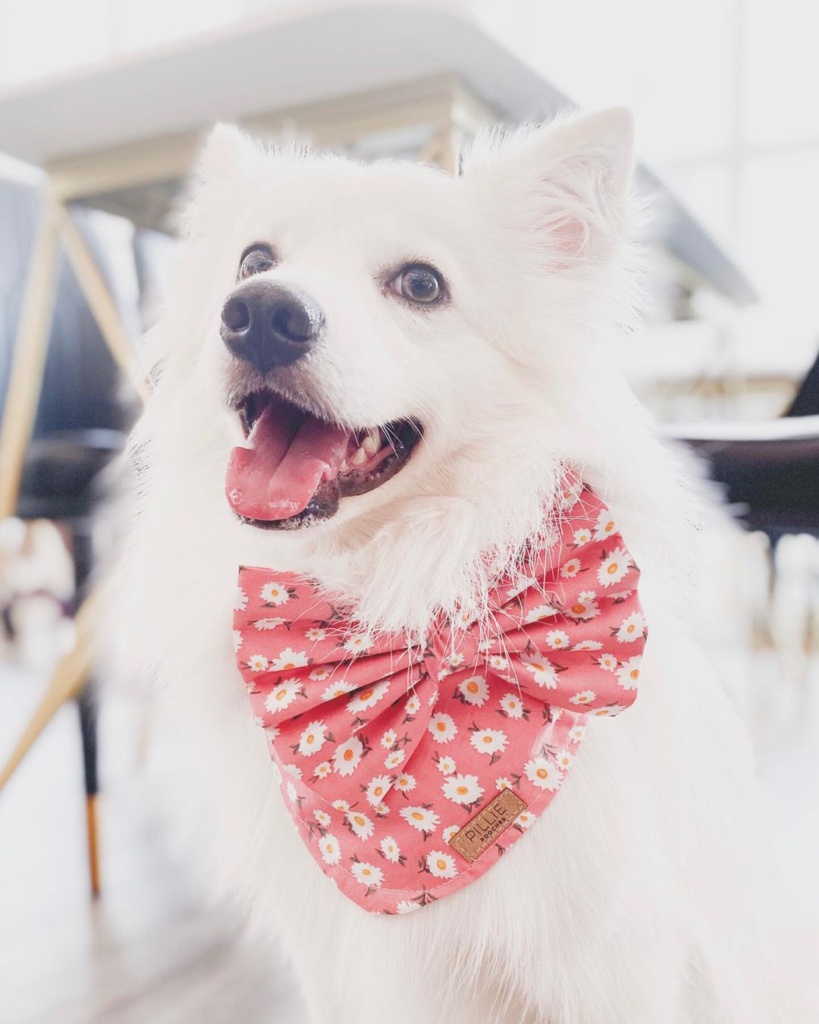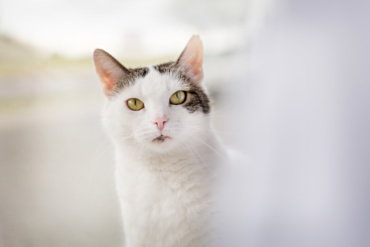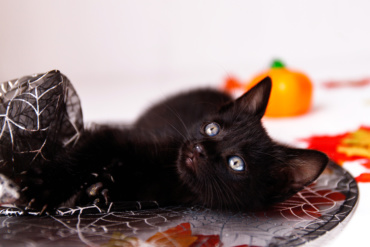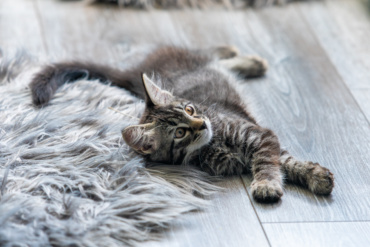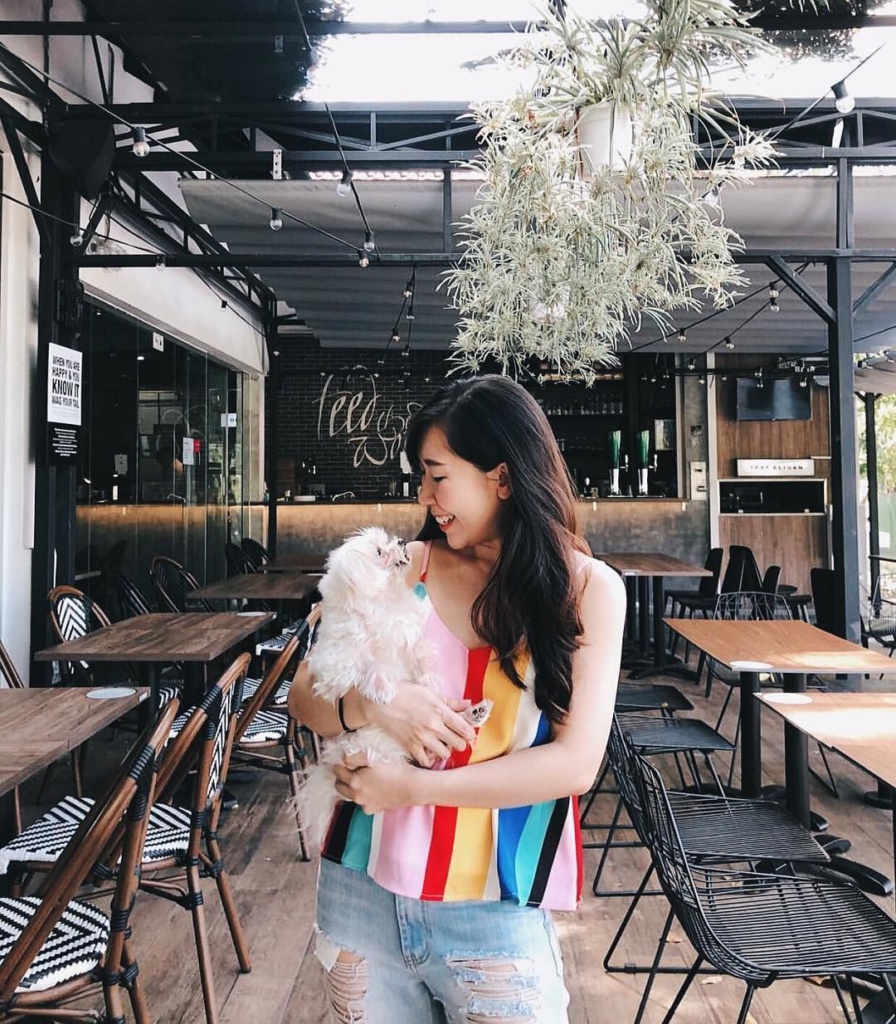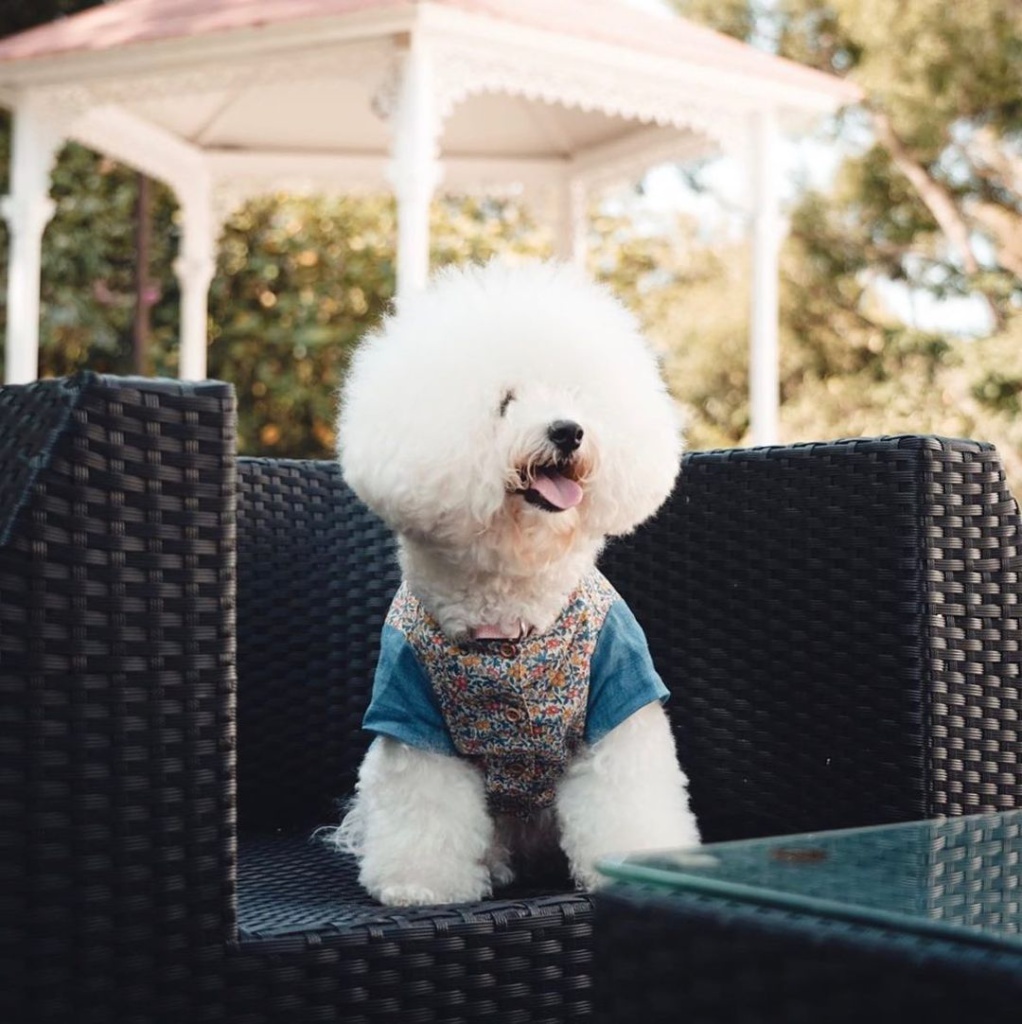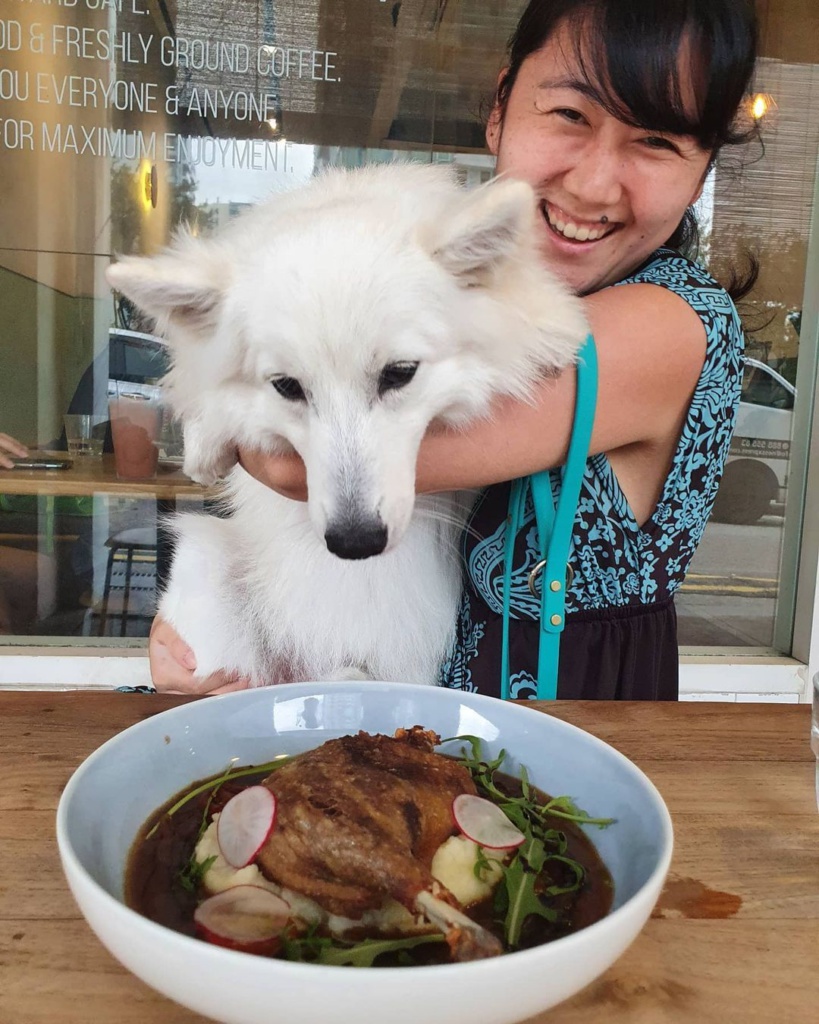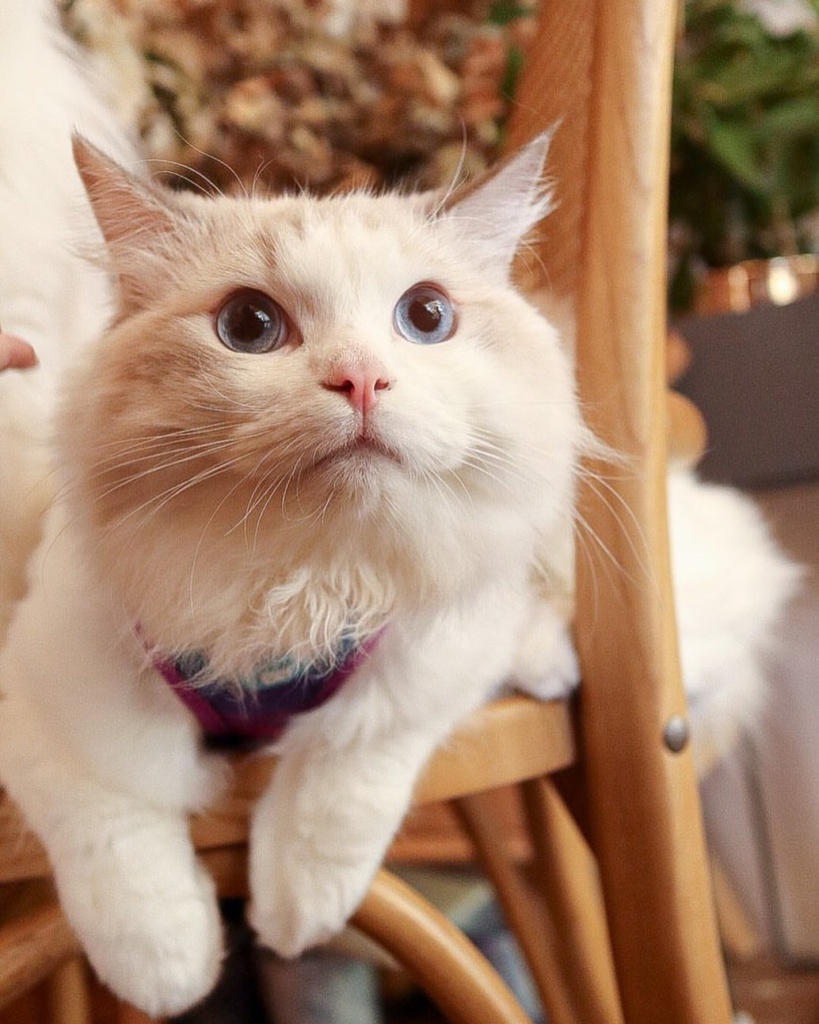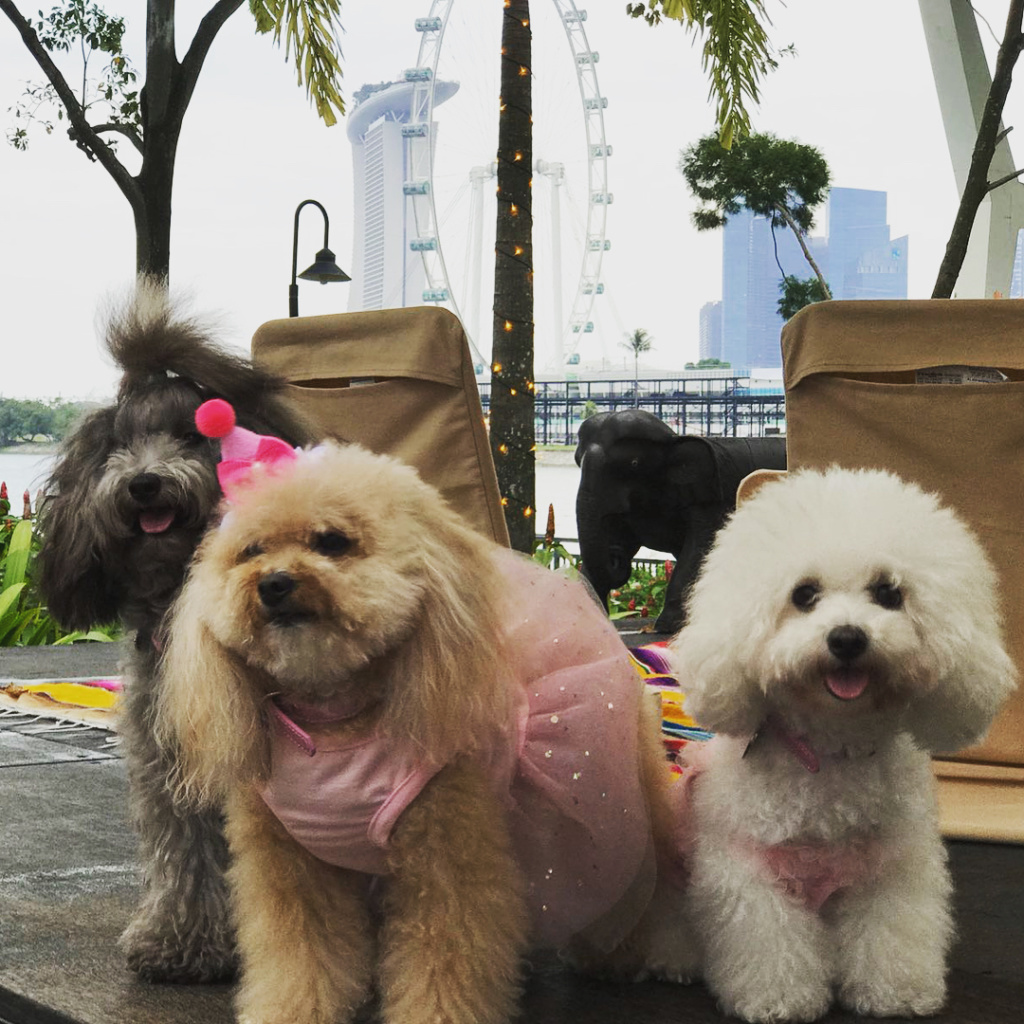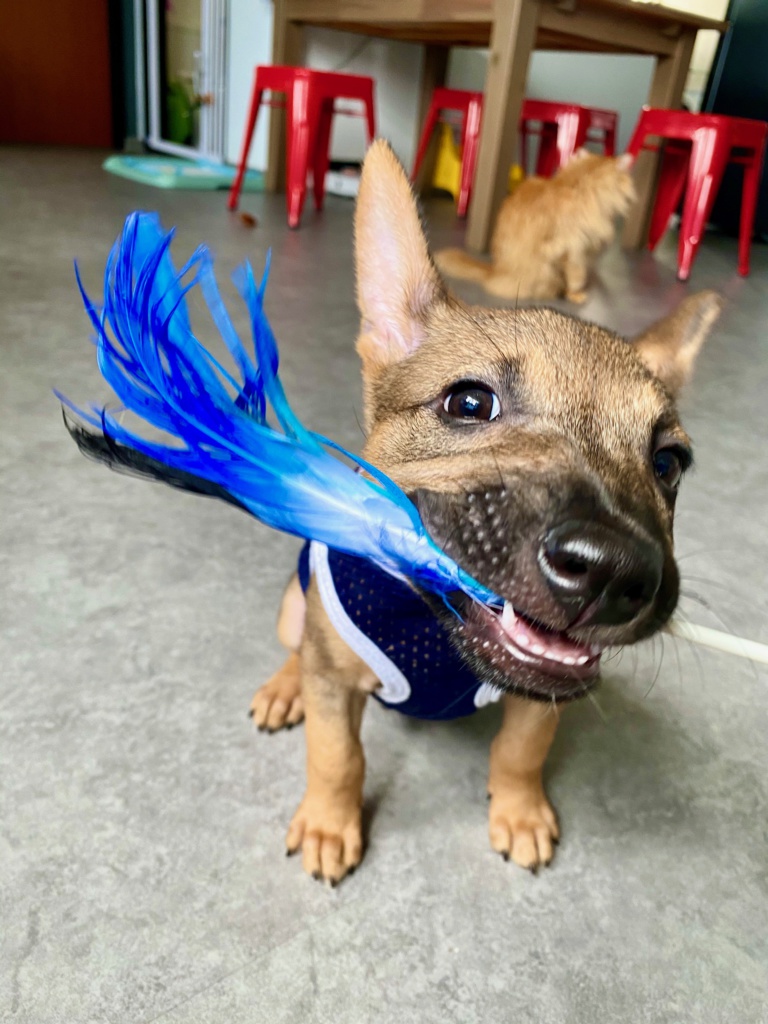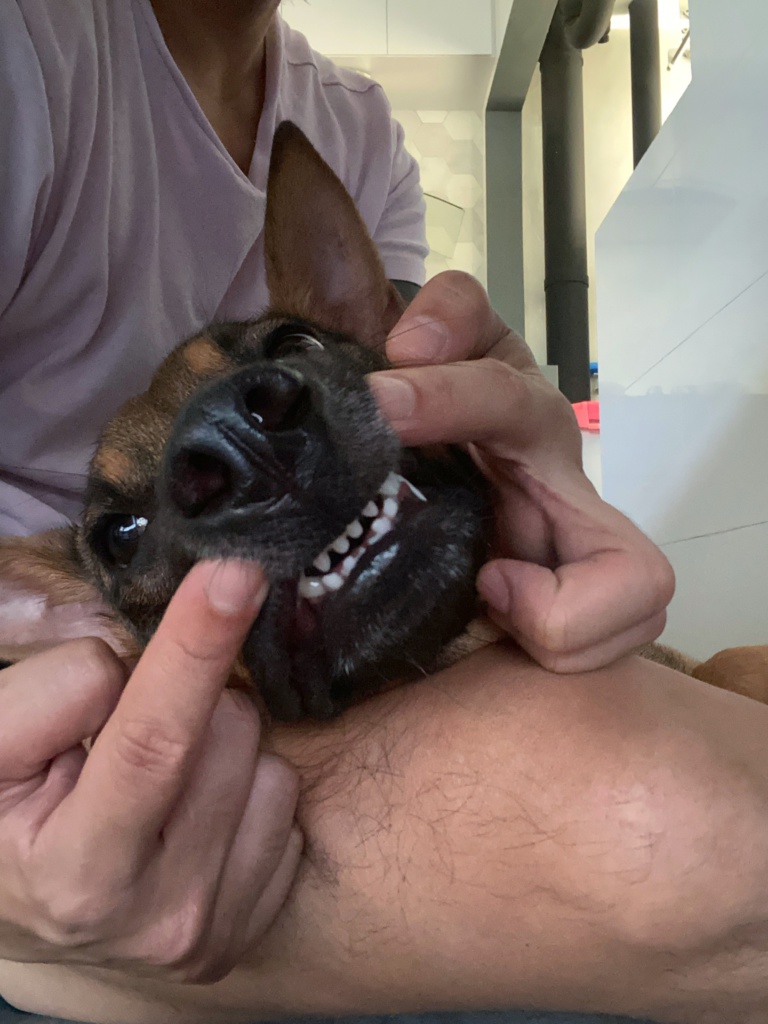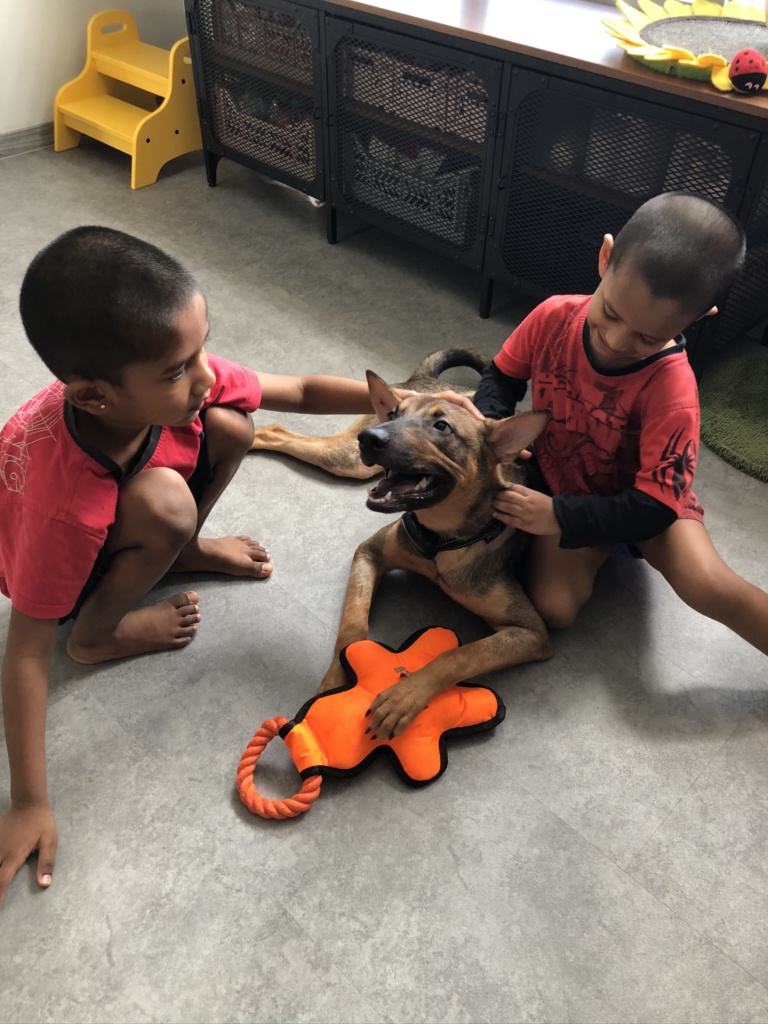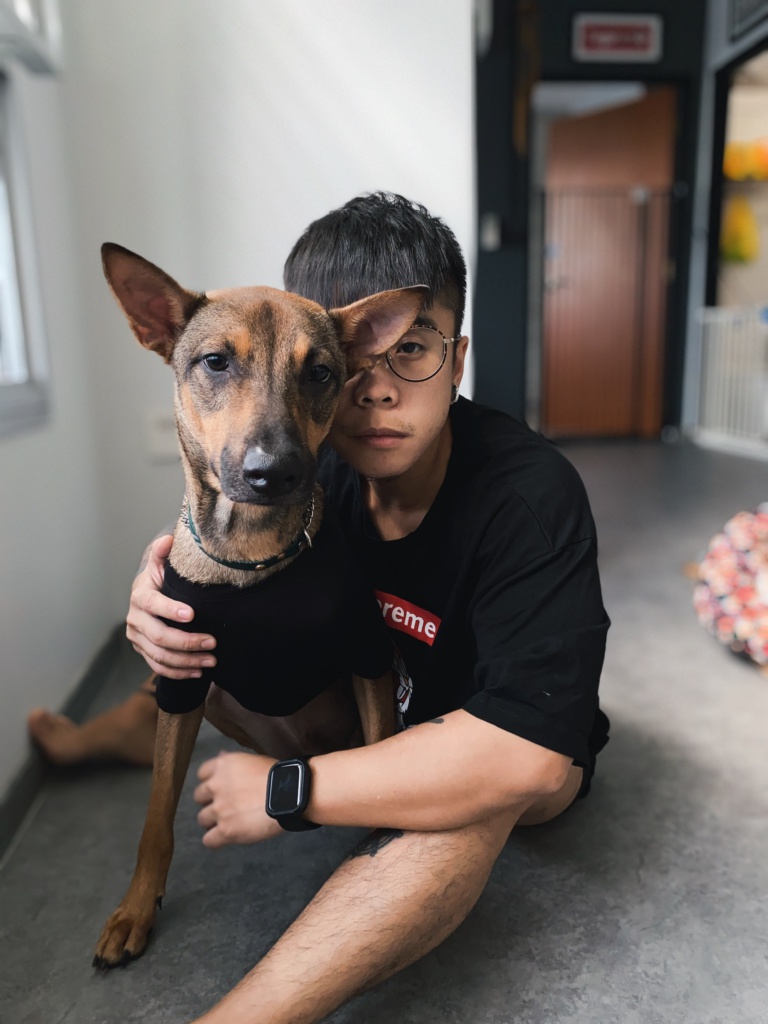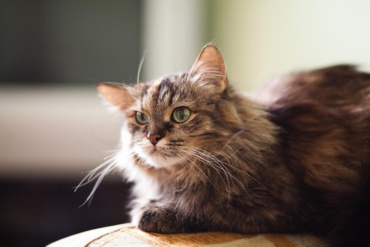Article originally published on Hills by Jean Marie Bauhaus. Refer to the original article here.
You and your kitty have been together through thick and thin. As the years stretch into a decade, it can be easy to forget that your faithful companion isn’t the spry kitten she once was. She may not show any obvious signs of slowing down, but perhaps her last health check has you facing the fact that you love an aging cat that needs to be handled with extra care. Senior cat problems aren’t always easy to spot if you don’t know what to look for. Read on to learn how to recognize aging cat issues and how to best care for your senior cat.
Is Your Cat a Senior?
While once cats were considered “senior” at the ripe old age of eight, thanks to advancements in nutrition and veterinary medicine and more and more cats being kept indoors, it’s no longer unusual for a cat to live well into her teens or even into her twenties. However, despite the lengthened lifespan, cats still reach their senior years around the age of 7. While this seems very young for a cat that might have more than half of their life left to live, it is important to realize the changes in their biology. Think of it this way: even though humans are living longer these days (some into their 90s or 100s), they are still considered a senior citizen between the ages of 60 and 65. Even if you do not see any physical changes, it is still important to think of your cat in her proper part of her life cycle.
Signs of Aging in Cats
Typically, as a cat heads into the senior years she begins to show signs of slowing down. She may be less active and sleepier, points out Cornell University College of Veterinary Medicine. She might also be less inclined to jump or climb, and might even have difficulty getting to hard-to-reach places. Older cats are more prone to weight gain, although some aging cats lose weight instead. While some of these changes could simply be caused by your aging kitty having less energy than she once did, they shouldn’t be ignored. Any such symptoms could be signs of a serious health issue and should be discussed with your veterinarian.
Common Senior Cat Problems
Aging cat issues are often similar to those faced by humans. Older cats are susceptible to such problems as arthritis, obesity, vision and hearing problems and dementia, as well as a host of diseases such as diabetes, cancer, kidney or liver disease and thyroid problems. Aging cats are susceptible to dental issues like gum disease and feline tooth resorption, a disease in which teeth dissolve at the roots. Here are some signs that your cat might be experiencing one of these common senior cat problems:
- Difficulty or reluctance to try jumping or climbing
- Changes in weight
- Strange lumps or bumps
- Failing to use the litter box
- Appetite loss
- Diarrhea or constipation
- Incontinence or lack of urination
- Lethargy or listlessness
- Forgetfulness
- Excessive meowing, yowling, or other vocalizations
- Runny nose or eyes
- Cloudy eyes
- Bumping into objects
- Pawing at her eyes
- Excessive blinking
Caring for Your Senior Cat
While your older cat might not show any obvious visible signs of aging, providing her with proper care at this advanced stage of life can go a long way toward prolonging her life and making her senior years comfortable.
Nutrition and Exercise. Feed your cat a high-quality cat food that’s specially formulated for senior cats. Talk to your vet about your cat’s nutrition needs at this age and how much you should be feeding her. If she has an underlying health condition, your vet might decide to place her on a therapeutic pet cat food such as Hill’s® Prescription Diet® to help control her condition.
It’s also important for aging cats to drink plenty of clean, fresh water to help improve kidney function and prevent dehydration. Be sure water is plentiful and easily accessible. Older cats may sometimes forget to drink, so consider either adding wet food to your cat’s meals or switching to it altogether to help ensure she gets plenty of fluids.
Despite their tendency to be less active, older cats still benefit from regular exercise. Encourage your cat to move and play as much as she’s willing to. But don’t push, especially if she shows signs of joint pain or discomfort.
Joint Care: You can help reduce the risk of arthritis and joint problems by feeding a cat food that contains omega-3 fatty acids as well as supplements that promote joint health, such as glucosamine and chondroitin. If her food doesn’t already contain these supplements, you can give them to her separately. Regular exercise may also promote healthy joints. Think about ways to make it easier for your senior cat to get around, as well. Plus, weight loss and weight control are the best ways to help address or prevent joint problems in cats. If her food and water dishes sit up high, they may need to be lowered to the ground. Similarly, keep her bed in a spot that’s easy to get to. If she struggles to use the litter box, consider getting a shallower box with lower sides that are easier for her to step over.
Health Checks: Cats are masters at hiding their pain, so any signs of problems might go unnoticed until they become too pronounced to ignore. This is why it’s important to take your aging cat for regular health checks. Your vet might be able to spot problems that you miss and catch serious issues before they become life-threatening or do too much damage to her. Pay close attention to your aging cat’s behavior patterns and report any changes to your vet.
Dental Care: As your cat gets older she should also be taken for regular dental checkups and cleanings. Dental diseases and infections can threaten your cat’s overall health if they’re not detected and treated. You can help prevent tooth problems and detect them early by establishing an at-home dental hygiene routine and regularly brushing your cat’s teeth.
It’s not easy to face the prospect of seeing your cat enter her golden years, but with proper care you can help enhance, and possibly extend her life. Arming yourself with a better understanding of the senior cat problems she’s likely to face will help you be a more vigilant pet parent and make it easier to give your aging cat the best quality of life. Senior cats aren’t necessarily at the end of their life — they’re just learning how to live it differently, so you and your cat still have plenty of time to do all the human-cat things that best friends like to do.
